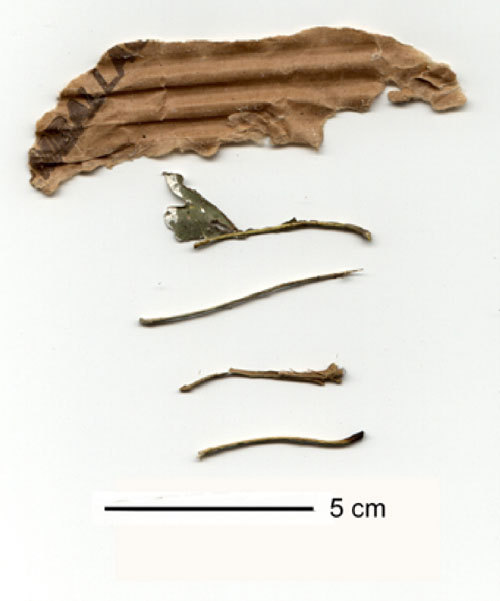
Over the years, we have sent so many irretrievable rockets, satellites and other devices to the outer atmosphere, that 'space junk' is becoming a big concern among the experts, given that they could freefall to earth any time - This week, their worst fears will be realized.
NASA has announced that the 13,000 pound (5,900 kilograms) Upper Atmosphere Research Satellite (UARS), is making its way down and expected to hit Earth on Friday, September 23rd, sometime in the early afternoon, Eastern Standard Time.

However, before you start running for cover, here are a few details you should know. The experts at NASA believe that the satellite will disintegrate as it hits the atmosphere, and that only 26 pieces weighing a total of 1,170 pounds (532 kilograms) will actually hit earth.
Also, while they think the odds of hitting somebody are 1 in 3,200, given that that three-quarters of the Earth is uninhabited, they are confident that it is very unlikely any debris will crash land in populated areas.

However, having said that, they will not know the exact location of the landfall until about two hours before it happens - The only continent they have been able to rule out is North America!
So, if you live in another part of the world, be sure to keep an eye on the skies this Friday and you may see what scientists are describing as a short-lived, but spectacular firework display caused by the debris as it enters the earth's atmosphere.

9/25/11
While NASA confirmed that the UARS Satellite crashed into earth around 12.16 am (EST) on Saturday September 24th, 2011, a few hours later than originally anticipated, they have no clue where it landed.






